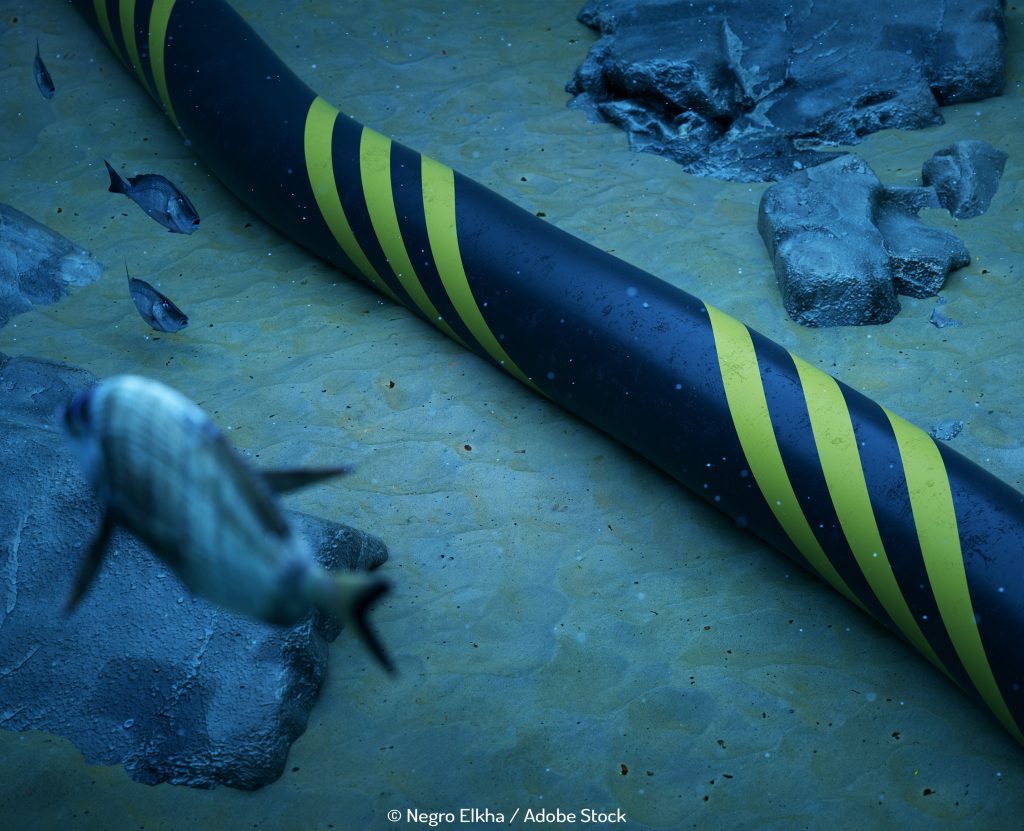OPEC oil vs. US shale
Almost one year to the day that OPEC chose to face off the US shale revolution by maintaining production levels, it seems they’ve all but done that.
The reason? It’s easy. He who produces cheapest lasts longest, and with crude oil fetching less than half of what it did a year ago, that was never going to be the drillers in Texas.
Bloomberg reports that the total debt for half of the companies it recently surveyed had “risen to a level that represents 40% of their enterprise value.” Last month Samson Resources Co. filed for bankruptcy with a plan to wipe out more than $3.25bn in debt from its books.
As The Telegraph puts it, “To their credit shale drillers in Texas and North Dakota have hung on for far longer than anyone expected”, but Mark Papa the former head of EOG Resources, the US shale oil specialist operator, said, “We are about to see a pretty dramatic decline in US production growth.”
Total US output has dropped by almost 600,000 bpd since the end of the first quarter. A loss at that level would be the steepest decline in the US since 1989. Some analysts fear a further 300,000 bpd will be lost by next year. Baker Hughes’ drilling rig count shows there is now only half the number that was operational in January – 848. That’s the lowest level since 2003.
Factset says US oil and gas producers now hold around $170bn of debt this year, compared to $81bn just five years ago. Royal Dutch Shell’s Chief Executive Ben van Beurden says producers will find it difficult to refinance while prices remain low, which will further drive production down.
The flipside of this gloom for US producers is that crude oil prices hit their highest level in three months last week with future process for WTI topping $49.50 pb. Brent reached $53 pb for the first time since August.
So OPEC can taste victory, but can Saudi Arabia hold the group together for long enough to push their US competitors over the edge? It seems not a single member is immune to the pinch and some are feeling more than others. For the first time in almost 20 years Saudi, Kuwait and the UAE are using their foreign currency reserves to cover the shortfall. Others like Venezuela and Nigeria are demanding an urgent meeting to agree a policy change, their economies at breaking point.
Iraq which has lost around 20% of its foreign reserves this year, and Iran also need higher prices to survive and together they are seen as posing the biggest threat to Saudi’s dominance. The former has been able to increase production to get the extra financial resources, but the latter is still restrained though with an end in sight for the sanctions, and it will be eager to increase production. It has already postponed an auction of projects for foreign investors until the New Year but Seyed Mehdi Hosseini the top Iranian oil official says they are ready to do business.
With OPEC revealing to The Wall St Journal this month that it is seeking new ways to enhance and improve its public image, it won’t want a bloody internal battle peeking out from underneath to destroy the façade. Perhaps that is why it’s facilitating a rare meeting between oil producers – both members and non-members – last this month. What’s that they say about living in interesting times?


